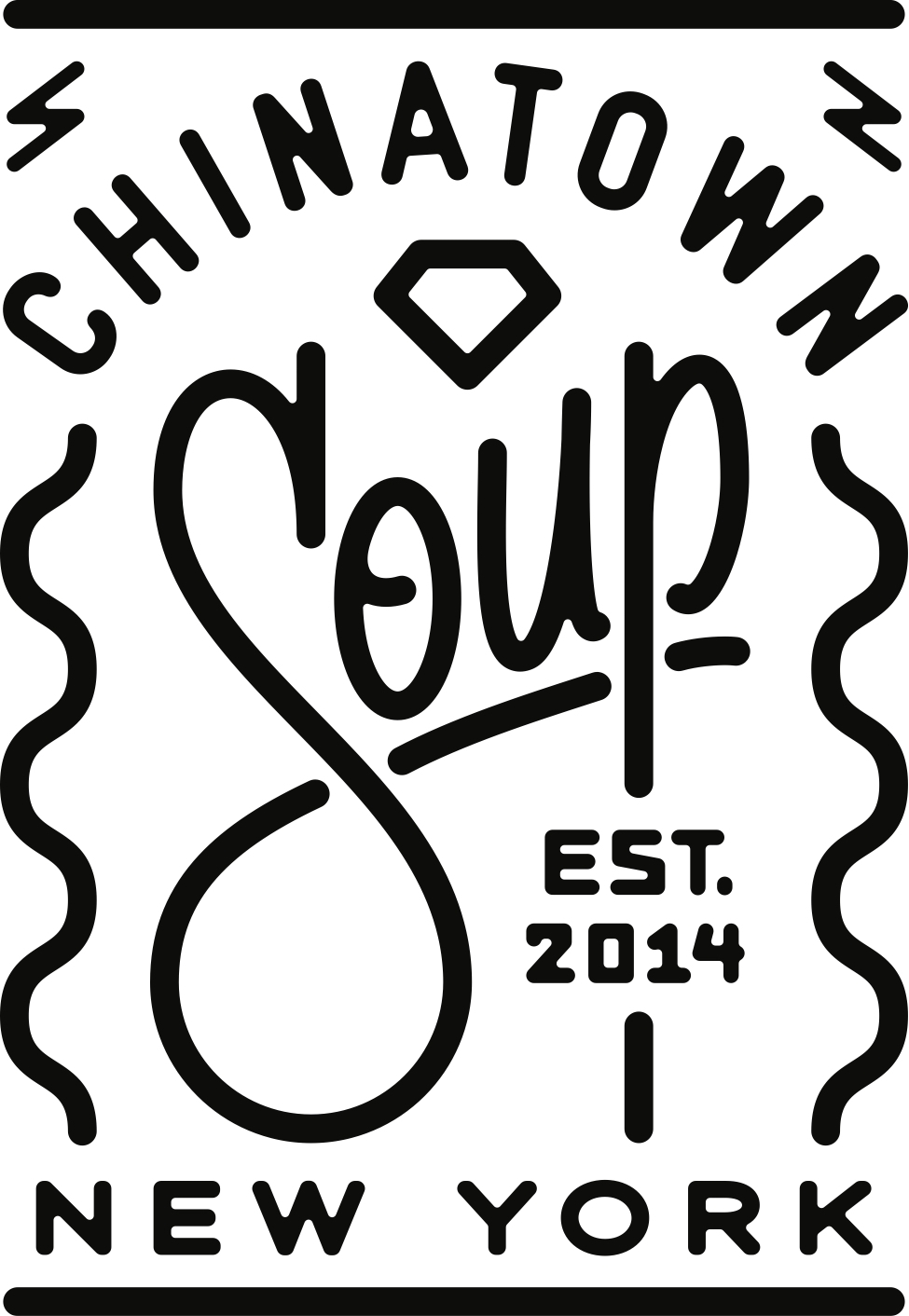REGARDLESS
Chinatown Soup is pleased to present, Regardless, a group meditation on the artist as student, in crisis that features works by seven MFA candidates from New York University and is curated by graduate and professor Masamitsu Shigeta, whom exhibited a series of paintings at Soup Gallery in December 2019. Please join is for an opening reception on Thursday, December 10 from 6 to 8pm and during gallery hours through December 20, 2020. And now, a critique from fellow NYU graduate alumnus and independent curator extraordinaire, Emily Sussman, who graciously considered the work of her fellows:
In times of crisis, it is grossly presumptive to assume that artists will persist. Like some miraculous god, they may deliver through oppression, lack of resources, and instability, plague, and famine to give art back to public audiences—a gift signifying that the collective will overcome. This scenario couldn’t be further from the truth; artists are hit hard by lockdown fallout, especially student artists, who don’t enjoy the same intimacy of critique, studio time, and instruction they once did whilst striving to emerge in a notoriously unforgiving world. Instead, they remain stuck in a dissonant space separated from their peers. This status quo makes all-the-more-impressive (and profound) what the participating artists have accomplished, Regardless of external challenges and not because they’re art-making machines, but because they, like us, are humans who need art to survive.
The works presented belie a patient quality—they, like us, wait for what’s to come. While some artists have kept up with their previous practice, as seen in the tightly composed paintings by Soel Kwun and Masamitsu Shigeta, others have expanded or returned to preferred mediums after a respite. Kwun’s bifurcated canvases reference time, repetition, and transformation. An arched swoosh seemingly folds and unfolds the panel. A melancholic solitude haunts the work, echoing the atmospheric yet detached paintings by Shigeta. Two trees sway in the wind behind a city skyline, a plant’s leaves turn from translucent greens to deep shadows, straddling a boundary. Both scenes suggest a passerby has remembered an otherwise momentary imprint, reminding us to revel in the mercurial sublimity of the mundane.
Cindy Conrad’s references are based in digital culture, with a distinctive taste for the revival aesthetic of the 90’s and 00’s that is re-contextualized in her warped screen prints and drawings immortalized as flash tattoos. Here, she takes the fidget spinner (a familiar object to coming-of-age millennials) and transforms it into a multifaceted and brightly colored sculpture held together by zip ties, each individual component never to fulfill its destiny. They hang together dense and heavy (like many of their generational fandom), yet still playful in this state of arrested development.
Nathan Friedman builds thick layers over sandy surfaces on top of his canvases, invoking childhood whimsy and exploration. Here, he creates quiet moments that transport the viewer into a complex physical space. His abstract impasto gives way to dangling leaves interrupted by a white silhouette that peers through graceful overpaint. Friedman’s sense of play carries through seamlessly to his ceramics, which are both kinetic and globular forms through which his interest in layering and creating negative space shines through, as well as his love for bright dabs and dashes of color that speaks to the primacy of our inner child across space, time, and circumstance.
Robbie Mccdonald’s two pieces meditate on surface quality and disruption. Darting quills puncture the serene coolness of Mcdonald’s mirror, obfuscating the picture plane between object and viewer. Violence has fractured the pristine calm of glass and epoxy surfaces. A baseball bat, often used to fight back intruders or knock in a neighbor’s mailbox on a joyride, is plunged into glass-like resin wherein a rose coils around steel. The rose’s tight, careful curl around the bat does not indicate that their functions are separate, rather, they are linked in a frozen moment of repose rather than perpetual action—an all-too familiar feeling as of late.
Other artists offer rare views into the inner workings of their practices. Sculptor Jordan Holm, for instance, reveals the planning behind his concept and physics-driven pieces. Starting out as a circle or a few disconnected squares, the mechanics of Holm’s pieces begin on scant pieces of paper and invite the viewer to imagine the final result or question if the process will stop where it left off.
Bryan DelValle’s works intimate what his studio practice may be like. Through wall hangings and drawings, DelValle shows the range of his interests and motifs from Pink Floyd-esque branches pouring through a keyhole and the beloved-by-Warhol loaded army print. Somber, they suggest quiet meditation on extreme violence conflated with the swaddling, increasingly claustrophobic environment of the home.
